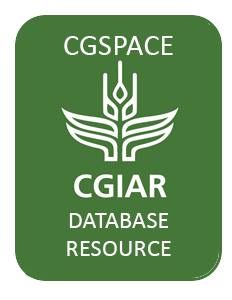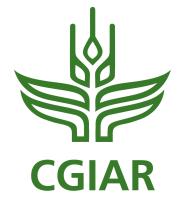Resource information
The production of competitive high-quality composts from Municipal Solid Waste (MSW) and recovering at least operational and maintenance (O&M) cost of doing so are common challenges. A field study was conducted covering 13 public sector M5W compost plants in the country and their performance was assessed through semistructured interviews, and by exploring the challenges faced by the compost sector in general. To understand the potential of the industry, the quantities of nutrient recovered from the MSW collected and the amount of compost produced, which can actually be used as a soil conditioner and as an upgraded fertilizer blended with fecal sludge (FS), were estimated and compared with total nutrient demand from predominant farming systems. By considering the compost plant capacities the present compost potential in Sri Lanka is estimated as 200 tons/day. The nutrient values of the M5W compost are 0.9%,0.4% and 0.8% for N, P and K, respectively. If the MSW and FS co-composting is conducted the potential rice tones based on N,P,K values can be estimated as 44,000, 949,000 and 84,000 respectively. This is an increase of 130 %, 980 % and 290 % (with respect to N, P, and K) compared to the MSW compost. The actual sale to actual compost production is in the range of 1-100 %, with an average of 44 %. At present, most of the compost plants in operation in Sri Lanka are either medium or small scale. The present average cost recovery potential is as low as one-third of the O&M cost ofthe compost plant, with variances from 3 % to 106 %. It was evidenced that the capital cost cannot be recovered. This will possibly reduce further if large-scale compost plants were introduced in cities that are more mechanized and consume more energy. The study concluded that the MSW compost industry should try to (a) improve its value proposition by producing a competitive organic fertilizer, e.g. by blending the MSW input with F5, (b) perform a detailed market analyses to assess its production potential before any new plant is built, and (c) avoid over-sized plants and those that are heavily dependent on energy to keep production costs to a minimum.


